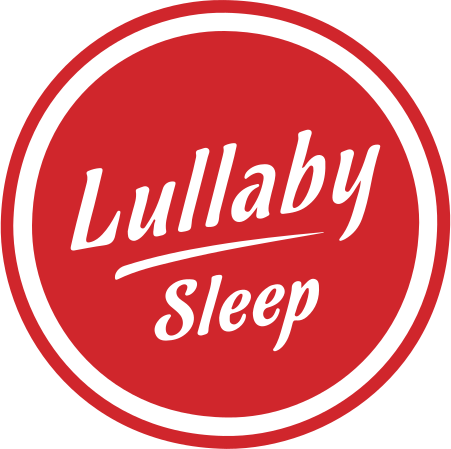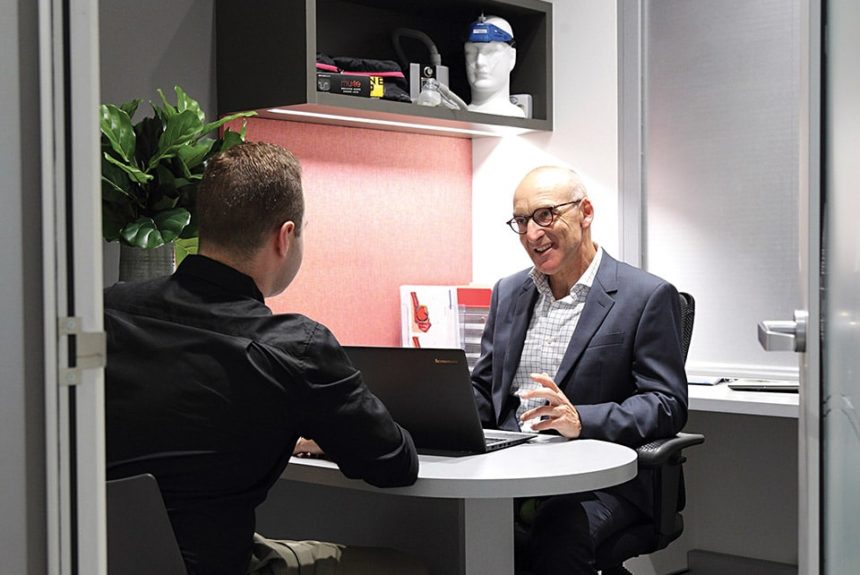Anyone who has had trouble with their sleep has probably wondered what really goes on in their body from the moment their head hits the pillow to when they stagger out of bed in the morning. Getting to the bottom of what is causing somebody’s sleep problems is integral to devising the best treatment plan, and consequently restoring some restfulness into their lives. While many people may be diagnosed based on the symptoms they have described to their doctor or sleep physician, as with any health issue, performing tests increases the likelihood of an accurate diagnosis and effective treatment plan. If your doctor has suggested a sleep test, or you believe you might need one to solve your sleep issues, it is helpful to be well informed before taking the next steps.
What is a Sleep Test?
During a sleep test, a machine is fitted to a patient overnight, in order to collect various data about their physiology during their sleep. Generally, this will take the form of a machine placed on the patient’s forehead, with wires extending to various areas on the body including the chest, arms, legs and face. The patient will sleep with this apparatus overnight, and the data will be recorded and analysed.
Why is a Sleep Test Needed?
A sleep test is required for much the same reason that a doctor may order a blood test – as a diagnostic tool, to discover what is going on inside your body. For example, many of the symptoms of sleep apnoea mimic those of psychological disorders such as depression. To avoid a misdiagnosis and incorrect treatment where disturbed sleep is involved, a sleep test is often useful.
What Does a Sleep Test Measure?
There is some variation in the data recorded by sleep tests, but generally, they record:
- Pulse – Capturing any fluctuations in your heart rate.
- Oxygen Saturation – This should ideally be around 96%, the test will note how often it falls below 80%. It will also record how often and for how long you hold your breath during your sleep.
- Sleep Position – Whether you sleep on your back, front, side and how this varies.
- Snoring Levels – The decibel level and frequency of your snoring.
- Sleep duration – How much sleep you are actually getting while you are in bed.
- Stages of Sleep – Documenting the entire sleep cycle, called a hypnogram.
- Apnea Hypopnea Index – The number of apneas during the study per hour of sleep.
- Respiratory Disturbance Index – A measurement of all breathing irregularities.
Home vs. Hospital Sleep Test: Which is Better?
Hospital
A hospital sleep test takes place in a dedicated medical or sleep testing facility. The patient brings an overnight bag, is fitted with a sleep test machine and then allowed to sleep in the room. The room is usually set up much like a hotel room, with a TV, bedside table and private bathroom. During the night the patient is monitored visually and through the sleep test machine.
Pros:
- Very accurate.
- Partially covered by Medicare.
Cons:
- Many people find it difficult or impossible to sleep in the artificial setting, rendering the results void.
- There is usually an out of pocket cost for the patient on top of the Medicare rebate.
- There is often a considerable waiting list (4-12 week wait).
Home
In order to conduct a home sleep test, the sleep physician will give the patient a sleep machine to take home, and fit on themselves before sleeping. Dr Levi offers home sleep tests for his patients for increased ease and convenience.
Pros:
- Sleep test performed in the comfort of the patient’s own home and own bed.
- The data collected is more likely to show a ‘typical’ night’s sleep.
- The cost may be entirely covered by Medicare (typically much cheaper than a hospital sleep test).
Cons:
- Some patients may have trouble fitting the device or may fit it improperly, impacting the results.
- If some of the equipment falls off during the night, there is nobody monitoring who can re-fit it.
What Happens After a Sleep Test?
If you are a patient of Dr Levi, after your home sleep test, you will bring the machine back into the office where the data will be uploaded into a portal and sent to the USA where it is read by both a computer and human technicians and then scored. These results are then interpreted by a sleep physician in the USA, then they are read and interpreted again by a sleep physician in Sydney, before finally being reviewed by Dr Levi himself. These results will allow Dr Levi to determine what is happening during the patient’s sleep and to either devise a personalised treatment plan or refer them on to a different specialist (such as psychologist) if necessary.
Dr Levi’s Darlinghurst offers a $295 sleep test package which includes: an initial consultation with Dr Levi and at-home sleep test, data analysis and report, a follow up a consultation with a tailored treatment plan. Find out more or contact us to discuss your options.

